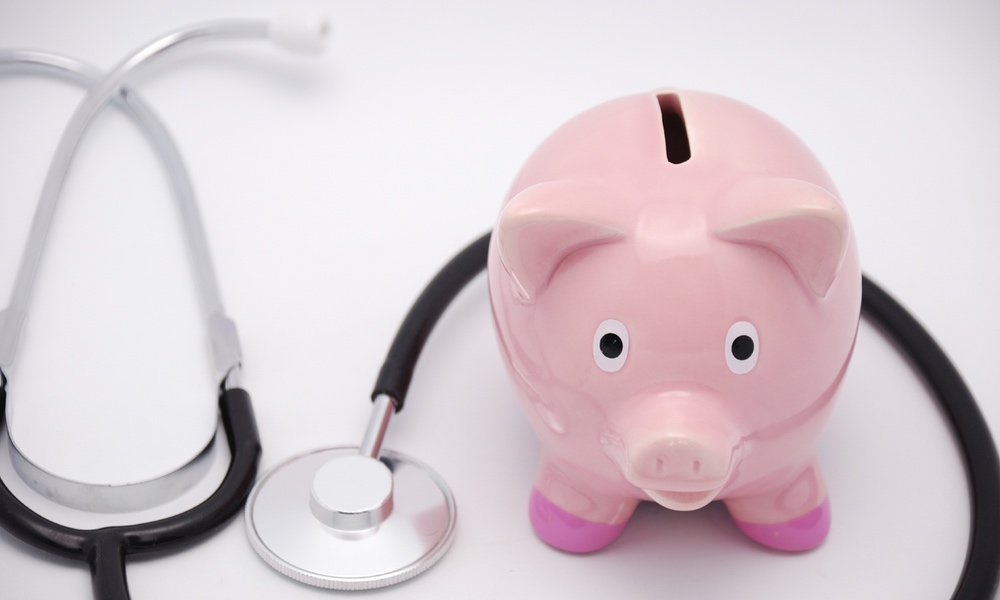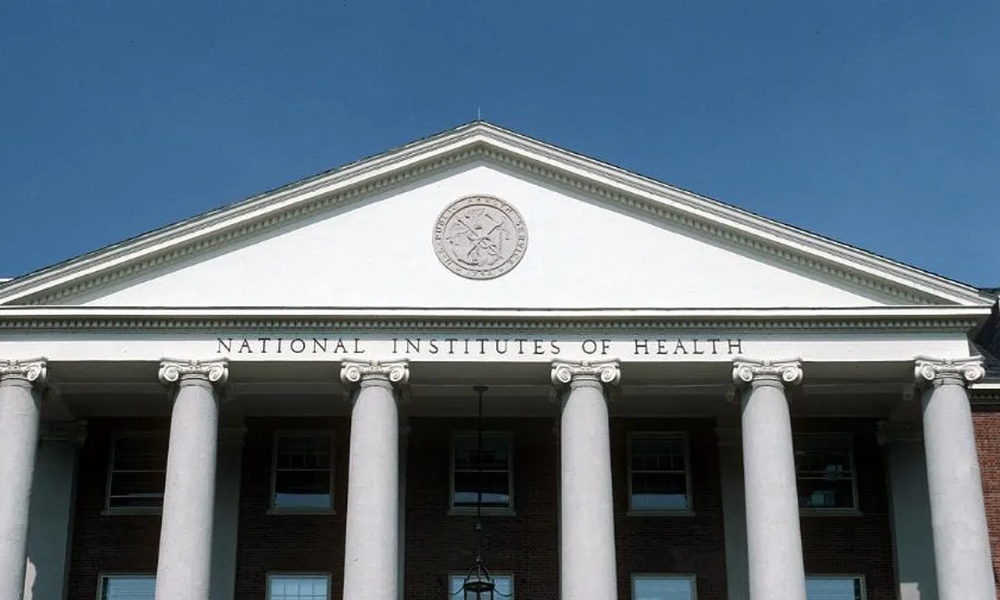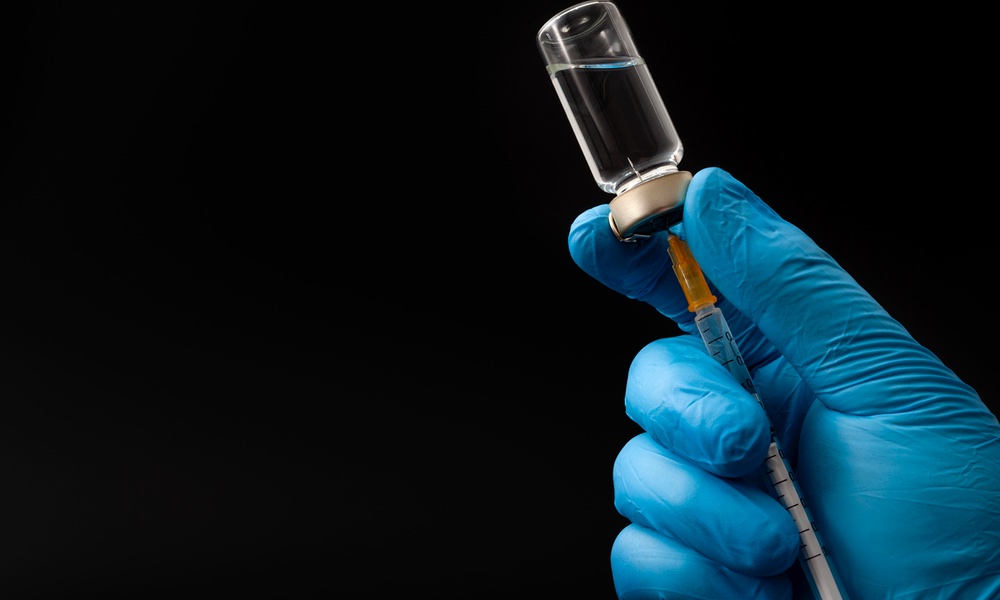You're not alone if paying for your prescription medications puts a big dent in your budget.
More than a third of America's adults report that they have difficulty affording their medications and 23 million people go into medical debt, many for the cost of their drugs. But a research report from Brigham and Women's Hospital and Harvard Medical School offers some hope.
When “skinny label” drugs are made available, the researchers found, it can save patients big bucks.
What are skinny label drugs?
The labels for generic drugs need to be nearly identical to the brand name. But skinny label pharmaceuticals are allowed to exclude certain information that has been patented by the original brand name manufacturer. Skinny labeling also allows generic drugs to be approved for non-patented indications. A new study shows that having these types of drugs available can mean a big savings for consumers.An analysis of 15 name-brand drugs and their “skinny label” generic counterparts found that the competition from these counterparts saved Medicare Part D nearly $15 billion from 2015 to 2021.
When they analyzed 15 name-brand drugs and their “skinny label” generic counterparts, the Harvard researchers found that competition from these counterparts saved Medicare Part D nearly $15 billion from 2015 to 2021. The greatest savings were among these popular drugs:
- Rosuvastatin (Crestor, AstraZeneca) - a drug that reduces LDL (bad) cholesterol and increases HDL (good) cholesterol levels.
- Pregabalin (Lyrica, Pfizer) – is used to treat epilepsy and anxiety and to relieve nerve pain. The nerve pain can be caused by different conditions including shingles, diabetes or an injury.
- Imatinib (Gleevec, Novartis) – a medication used to treat chronic myelogenous leukemia, a kind of gastrointestinal tumor and other malignancies.
The researchers compared actual spending on each brand-name drug and its skinny-label generics from 2015-2019. They projected the cost if the skinny-label generics had not been introduced. Here's what they found:
- It was estimated that actual Medicare spending on these 15 drugs and their skinny-label generics was $16.8 billion.
- Projected spending without generic competition was $31.5 billion.
- Medicare savings were approximately $14.6 billion.
The authors of the study warn that deterring the use of skinny labeling — as a recent federal appeals case might do — could be costly for Medicare and other healthcare payers in the U.S.
They suggest instead that Congress should reinforce the skinny-label pathway by creating a safe harbor that protects manufacturers who engage in skinny labeling from patent infringement lawsuits.
Meanwhile, what can you do if you can't afford your medications?
Some drug companies have Patient Assistance Programs (PAP) that will cover some, or all, of the cost of their medications. Each drug company has its own regulations. You can check out companies that offer this benefit at: RxAssist.com, NeedyMeds.org or RxHope.com — among others.
The Research Letter is published in Annals of Internal Medicine.





